How the first modern humans lived in Europe
We really don’t know much about how the first modern humans got to Europe and how they lived in when they got there. Part of the problem is that there are few sites that we can attribute to this moment some 40 thousand years ago, particularly in Eastern Europe where they probably first arrived.
A unique site
In our new article published in Scientific Reports, we describe the most complete and best contextualized site from Eastern Central Europe that we can confidently ascribe to the first modern humans in Europe.
The site of Româneşti is located near a warm spring at the edge of the Carpathian Mountains in Transylvania (Western Romania) next to an Orthodox convent. There are other similar findspots in the surrounding landscape, but Româneşti is unique insofar as the artifacts are preserved in undisturbed loess, a kind of dust that preserves archaeological sites particularly well. At Româneşti, many knapped stone artifacts can be refitted showing that they have laid there unmoved since their makers discarded them. Româneşti is also unique because of the enormous number of finds it produced. Since we started excavating in 2016, we recovered thousands of stone artifacts alongside evidence of early fire use.
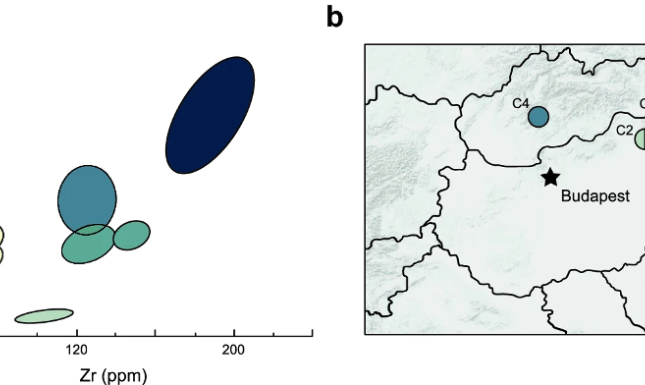

Challenging excavation
Excavating at Româneşti was challenging. The loess that the site was preserved was heavily calcified, making for good preservation, but hard to excavate. The artifacts were usually less than 1 cm in maximum dimension so we had to excavate slowly, and the Romanian summer can be very hot.
One of the artifacts was made from an obsidian, a beautiful volcanic glass that came from over 300 km away in Slovakia. This is the longest distance by far that we know modern humans to have transported materials in the region at that time.
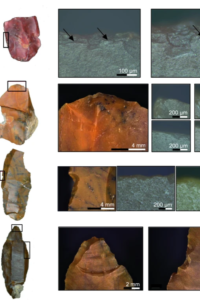

Bladelets
Looking at the artifacts themselves, it’s clear that the site was geared towards manufacturing small, standardized forms called bladelets, artifacts often thought to have used as armatures in projectiles like arrows and spears. Looking at these artifacts under a microscope, almost few showed signs of being used, suggesting that those intended for use, were taken away from the site. We also found very early grinding stones that may have been used as shaft-straighteners to manufacture projectiles. These kinds of technologies, uncommon before the arrival of modern humans in Europe may have been one way in which they were able to survive in these new, novel European ecosystems.
Robust evidence
Româneşti particularly important because it is the closest contemporary site to the Peştera cu Oase, a cave that has yielded some of Europe earliest and most complete Modern Human remains. These fossils were unfortunately found without any cultural context so the archaeology at Româneşti provides some of the most robust evidence as to how these early modern humans were living and what kinds of artifacts they were making.
For more information read the full article.



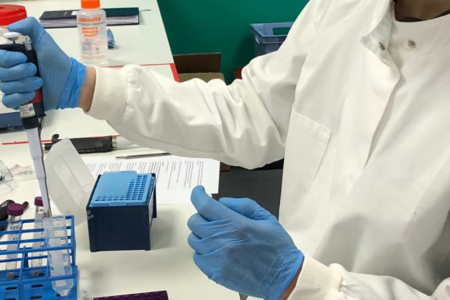
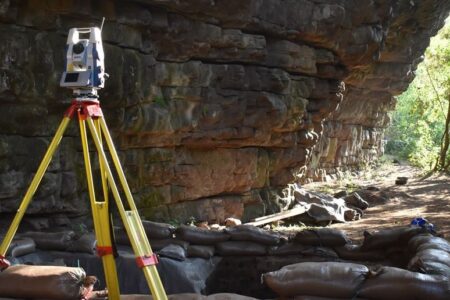
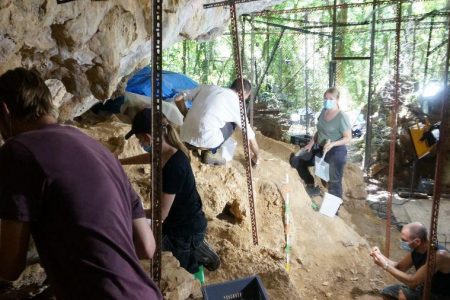
0 Comments
Add a comment